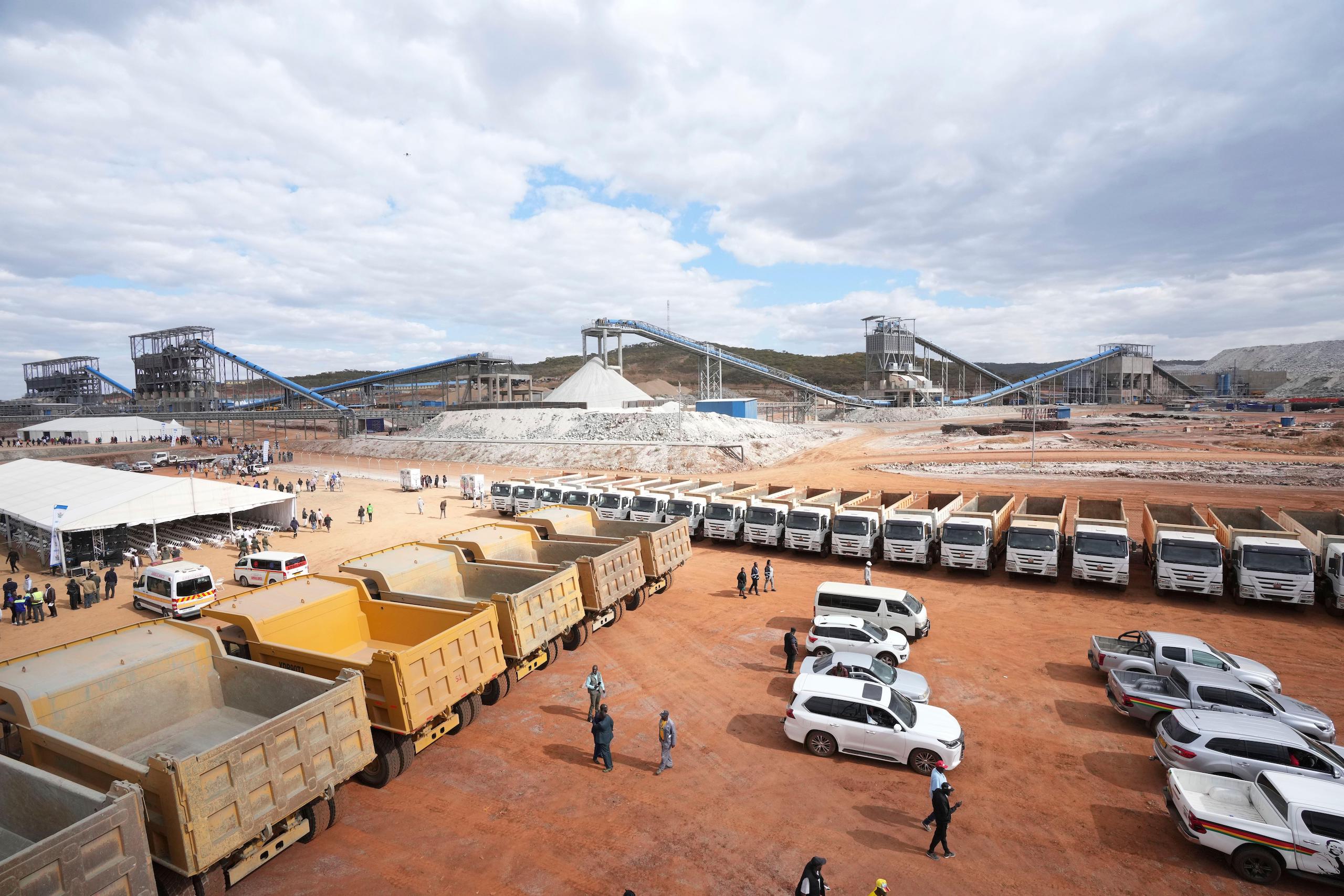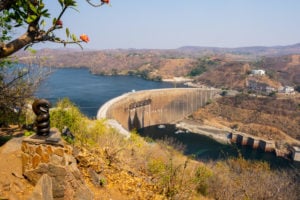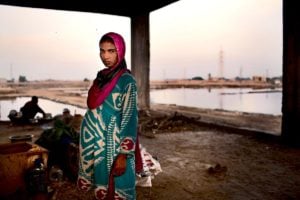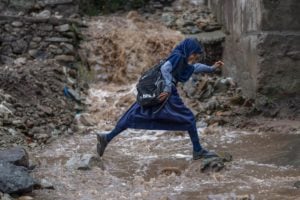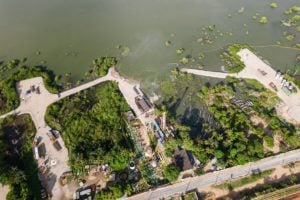In August 2023, Zimbabwe’s president Emmerson Mnangagwa opened a plant to process lithium in the eastern province of Manicaland.
It was to support the vast Sabi Star lithium mine, which has been designed to produce 900,000 tonnes of ore per year, equivalent to 200,000 tonnes of lithium concentrate, according to the company that owns the mine. Mnangagwa praised the company for adding value to the mined material before export. This, he said, reduces Zimbabwe’s reliance on imports and “positions Zimbabwe as a key player in the lithium market.”
Lithium is a core ingredient in the batteries of electric vehicles, machines seen as key to the global transition away from fossil fuel use.
Power China, a Chinese state-owned conglomerate, built the Sabi Star mine in 2022. Covering 2,637 hectares, it is owned by Max Mind Investments, the Zimbabwean subsidiary of Shenzhen Chengxin Lithium Group.
By creating jobs, the mine has brought relief for some families from neighbouring villages Mukwasi and Togara. Many here eke out a living primarily from crop and animal farming, which is insufficient and precarious as the area receives little rainfall during the drier months.
But there have been downsides too. Many of the roughly 40 families relocated to make space for the mine did not feel properly consulted or legally represented, according to national newspaper the Standard. Moreover, with their families struggling to afford school fees, some students from Mavangwe and Mukwasi secondary schools have begun dropping out to work on the mine instead.
This follows a long-term nationwide trend of students leaving school to work in new mines, leaving them ill equipped for their long-term future, experts say.
Pushed into work by poverty
Joshua (not his real name) left secondary school for a mining job after his parents, both unemployed, were unable to pay the US$40 tuition fee for that school term. The eldest of five children, he lives in Majere, a village several kilometres from the Sabi Star mine.
“My family was struggling to make out a living,” Joshua, 18, tells China Dialogue. “I remember going to school in torn shoes, school fees going unpaid for several terms and [I] could not afford a simple lunch,” Joshua says. “The mine in our area came at the right time.”
Joshua earns around US$250 per month, and his situation is not unusual among young Zimbabweans. He says most of the former students who joined the mine were hired as it was being established. The work was mostly unskilled, such as clearing the site in preparation for extraction. The mine’s public relations officer says the mine advertised jobs in newspapers and by informing village heads.
Due to poverty and other reasons, students in local secondary schools may begin their education later than normal. “Most of the learners are above 18 years old and it was difficult for the mine to determine whether the hired [mine worker] was still a learner,” a source close to the issue tells China Dialogue.
Not an isolated case
The situation is not confined to Mukwasi and Togara. Last year, students in Marange district, also in Manicaland province, were reported to have left school amid the diamond rush in the area. In 2020, children were working in gold mines and cotton fields in Chakari village, in Mashonaland West province, during the coronavirus pandemic.
Taungana Ndoro, director of communications and advocacy at Zimbabwe’s Ministry of Primary and Secondary Education, says the situation in the villages was not unique. The ministry has been using various strategies, such as outreach programmes, to ensure students do not drop out to take on mining jobs, he says.
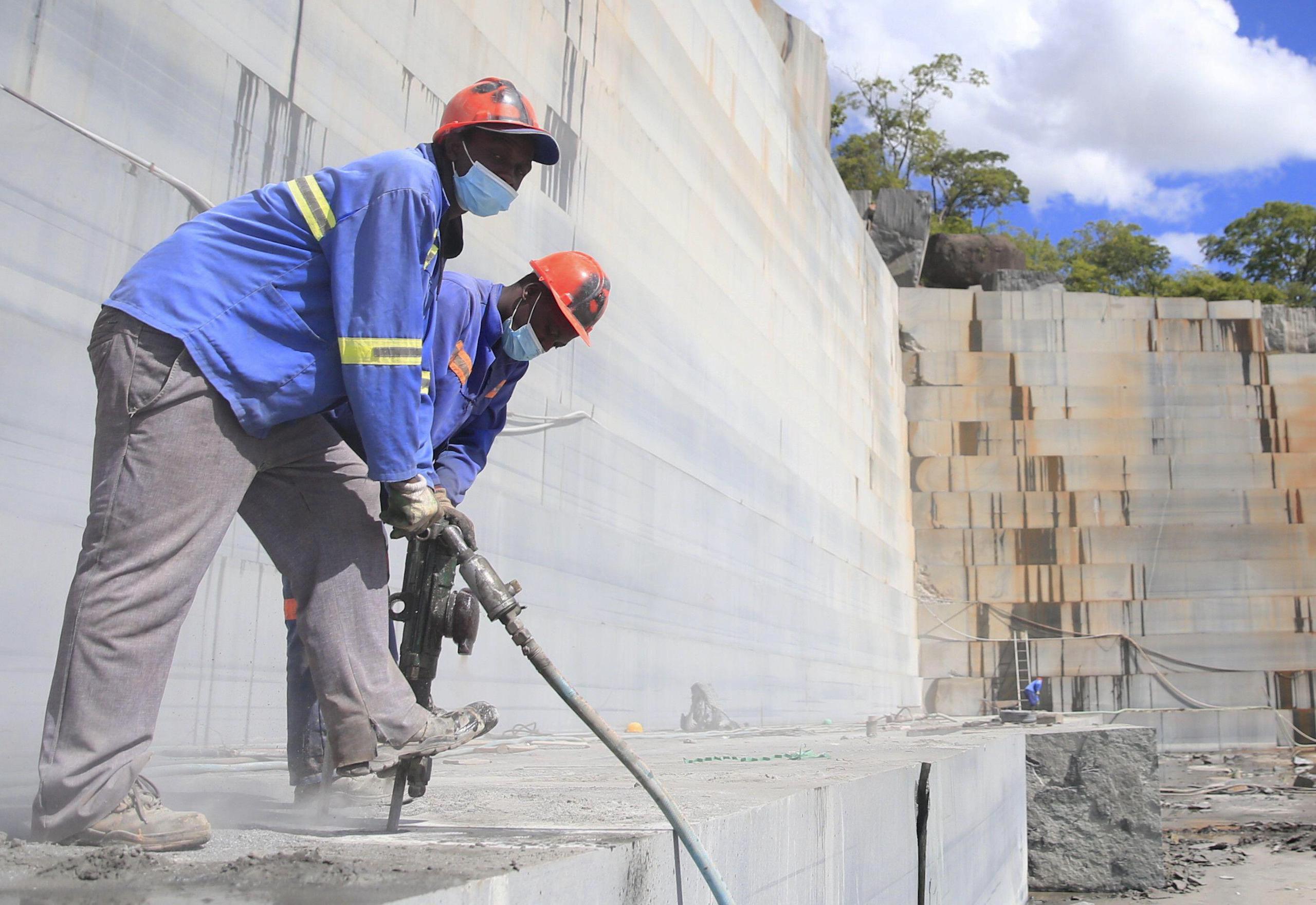
“As a ministry, we go out campaigning, encouraging learners to come back to school if they have left school for one reason or another,” Ndoro tells China Dialogue. “Though the chances provided by the mine seem lucrative, we always advise learners to invest in education first.”
But campaigns and encouragement may not be enough. The high drop-out rate is enabled by unregulated mining in the country, which ignores labour laws on age limits, says Frank Nyasha Mpahlo of Green Governance Zimbabwe Trust, an NGO. The rate is exacerbated by the country’s inadequate child labour laws, stunted economic environment and poor parental guidance, he adds.
“If all mining activities were licensed or… well monitored, children would not be left to neglect school and participate in illegal mining,” says Mpahlo. It is the responsibility of the government “to extend efforts that regulate and monitor mining activities across the country to avoid [underage] children taking part.”
Max Mind Investments, the company that owns Sabi Star mine, told China Dialogue it is aiming to introduce a bursary for underprivileged students to stay in school and complete their studies, but did not give further details.
There is no way I will ever think of going back to schoolJoshua, lithium mine worker
Such initiatives may be too little, too late, however. “There is no way I will ever think of going back to school,” Joshua says. “I have already established my family lifeline. Now I am able to provide… I [even] pay school fees for my siblings.”
If the Zimbabwean government does not persevere in encouraging young people to invest in education, experts fear a growing section of the younger generation may suffer the consequences.
“If learners in mining areas continue leaving school for mining, that community will in the long run face some social ills such as early marriages and child abuse. Those areas will be economically depressed,” says Mphalo, who adds that education “empowers communities”.
Meanwhile, the anonymous source tells China Dialogue that the schools are always ready to accept the former students if they decide to come back.
This article was produced as a result of a reporting grant programme organised by China Dialogue and the Africa-China Reporting Project at the Wits Centre for Journalism, University of the Witwatersrand, Johannesburg.
